Gardening Tricks That Will Make Your Neighbors Jealous
Gardening can be a daunting task for many of us, but we’re to help you achieve the most eye catching result with the least amount of effort, here are 15 gardening tricks that will make your neighbors jealous!
Use wood chips
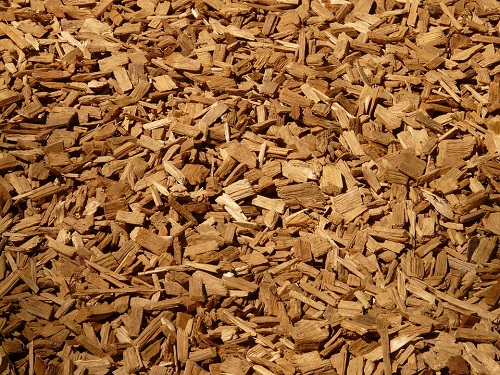
Image Source: pinterest.com
It can always be hard to work out what to do about weeds. No matter how hard you work or what you do, they always rear their ugly heads, spoiling a perfectly beautiful flower bed. You can’t use weed killer in your flower patch, the natural remedies do nothing, and it’s not exactly practical to spend your time picking out each one. So what do you do? You do what the pros do: work smart, not hard. Put down a ground cover of wood chips, plant your flowers through it, and say goodbye to weeds. The best part? It’s biodegradable, and nutritious for your soil!
Add food dyes to the soil.
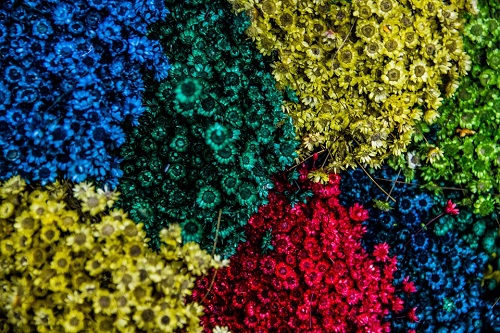
Image Source: pinterest.com
You know that trick florists use where they put a few drops of natural dyes in a flower’s water? The flower will take up the water, and as it passes through white or pale petals they take on some of the color. What you may not know is that it can be safely used on live plants too! Just select a natural dye, made out of plants, like beetroot, licorice, or blueberry, add plenty of it to the water you use on your flowers, enough that the water is strongly colored, and water as usual. Over time your flowers will slowly take on the color of the dye!
Go rural.
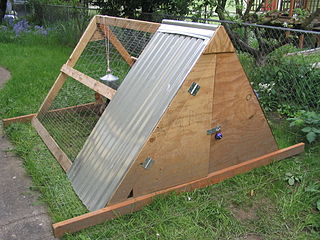
Image Source: pinterest.com
A nice rural touch elevates any garden from just a lawn and some flowers to a true design statement. Try and match outdoor features not only to your garden layout, but also to your home’s aesthetic. That said, some great, simple, rural features can be used for almost any garden. A barrel or wooden tub, painted with weatherproof coating, looks lovely and is practical. An old plough can also add a strong rustic feature. Another option could be a chicken coop, or some log stumps, dried and varnished as outdoor seats. The possibilities are endless!
Use eggshells.
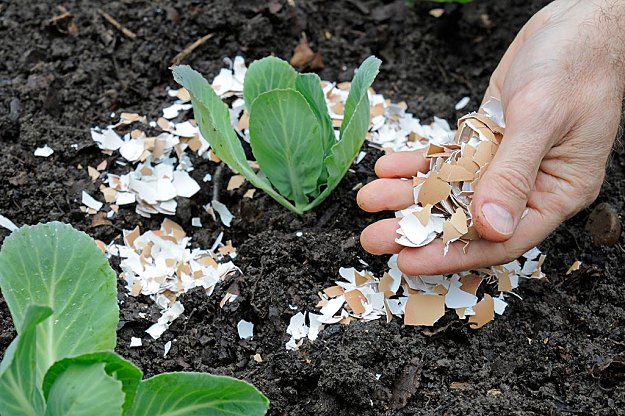
Image source: pinterest.com
Slugs chowing down on your plants, making your greens inedible and your flowers look like they’ve been through a shredder? Maybe it’s time to consider slug solutions. But slug pellets can be ugly and dangerous to pets and other wildlife, and many slug deterrents don’t work, or are also big and unsightly. The solution? Roughly crushed eggshells round your plants! The sharp edges deter slugs and snails, but they blend in perfectly with the surroundings and naturally break down, nourishing your plants too! Just top up daily.
DIY with cinder blocks.
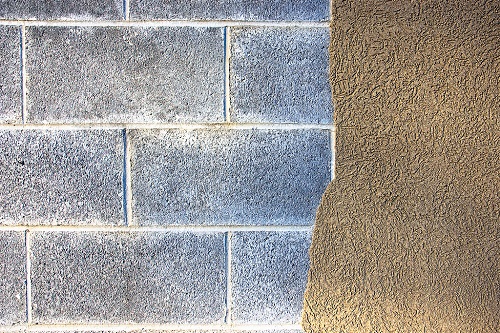
Image Source: pinterest.com
Nothing is quite as beautiful and practical for a garden as cinder blocks. There are endless ways of doing cinder block DIY. You can use them as planters, seats, or tables, for example. You could even get super creative and craft a cinder block pond or fire pit. Best of all, they’re cheap, but the end results always look impressive, meaning you can enjoy a garden feature for less. And if a few break? Why not assemble a rockery out of broken cinder blocks and flower pots, complete with fairy houses, potted herbs, or bonsai trees? You will be the talk of the neighborhood!
Mix plants carefully.
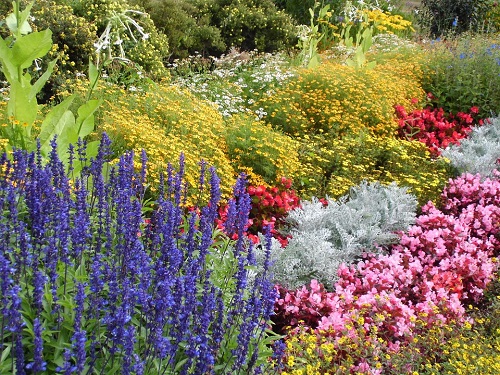
Image Source: pinterest.com
How you mix your plants is very important. If you just plant rows of identical flowers and shrubs it can all end up looking more like a farm than a garden, and similar plants planted together can deplete the soil. Instead, plant complementary plants. First, find out which plants secrete minerals that other plants enjoy, so that as they eat they are feeding each other. Next, match them up so that you have some tall ones, some short ones, and matching or complementary colors clustered together. This natural patchiness will create a wild feel you’ll just love, and your plants will look stronger and healthier too!
Craft a bee corner.
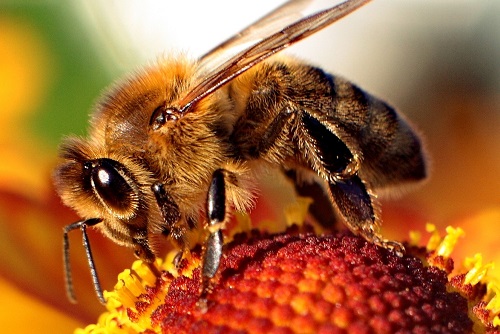
Image Source: pinterest.com
Bees are amazing for all gardens, pollenating flowers, helping fruit to grow, and adding a delightful hum to the garden. We’re very lucky that after years of declining, bee populations are beginning to recover across the world. But if you can’t keep bees, how can you help them out? Make a bee corner, of course! Plant wildflowers and bee-friendly flowers in the area, designed to flower at different seasons, so there is food for them year round. And, for solitary bees, use reeds and bark to craft a little insect hotel, giving them a chance to lay their eggs somewhere safe.
Grow natural barriers.
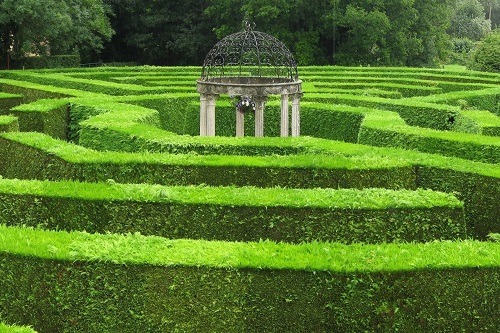
Image Source: pinterest.com
We’re all familiar with the idea of using hedges to separate our gardens from our neighbors, but few of us grow plants to create borders and walls inside our gardens. Try planting small hedges, or, for faster growth, bamboo, to craft mazes, natural curtains, and cut off sections of your garden to improve privacy. You can also build a trellis and grow ivy or grapes to block off play houses, sheds, and gazebos from prying eyes, making your garden more comfortable and homely. I personally love growing bamboo around benches, to offer somewhere quiet and private to sit.
Use tealeaves.

Image Source: pinterest.com
Want to know the very best natural fertilizer in your home? Many of us already have it somewhere! Yes: tealeaves and coffee grounds. After brewing tea or coffee, just collect the residue and sprinkle it in the soil around your plants. You will notice stronger plants, brighter flowers, and richer, bigger fruit. Even better? Coffee acts as a natural pest-deterrent, so not only will your flowers and fruits be more enjoyable for you, but they will also be protected from nasty little bugs that may try and steal the fruits of your labor!
Learn how to prune everything.
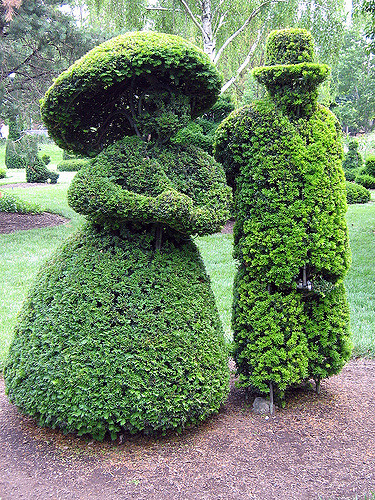
Image Source: pinterest.com
Many of us shy away from pruning other than keeping our hedge under control and maybe a bit of a go at bonsai if we’re feeling adventurous. But that’s because we think of pruning as something expert and mostly aesthetic. In reality, pruning is very important for plant health! Proper pruning will improve the amount of flowers of your rose bush and make your hedges look fuller and brighter. And if you have a fruit free that barely bears fruit, pruning might help it carry full, juicy fruit again. Learn how to prune your plants and enjoy the magic of a healthier garden.
Get knapweed.
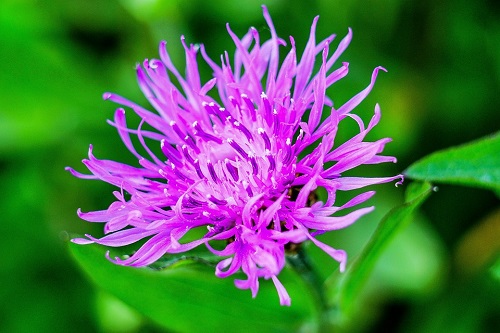
Image Source: pinterest.com
Got grass invading your flower beds? We had that exact problem and it was a nightmare to get under control. A few stray blades of grass are no issue at all, but when thick, tall grass starts finding a home among your flowers, even the best ground cover barely helps. Then we discovered knapweed. Knapweed naturally limits the growth of grasses and grains, so many places it’s considered a pest. But among our hardy rose and berry bushes? It was an amazing way to limit the spread of grass and nettles, giving us a beautiful, clean-looking flower bed and hedge.
Use solar lights.

Image Source: pinterest.com
Lighting up your garden is a wonderful experience. Hanging lights give a fairy feel, a big bold light by a bench turns “tea in the garden” to “wine in the garden” without a hitch, and lighting up your path becomes an essential once you’ve experienced it. But electric garden rigs can be awkward, expensive to maintain, and even dangerous. Our solution? Use solar lights instead. They wear out fast, but they’re so cheap you can just replace them. They cost nothing in energy, give a lovely glow that’s more than enough to see by, are safe, and make your garden look simply enchanting.
Grow fruit trees and bushes.
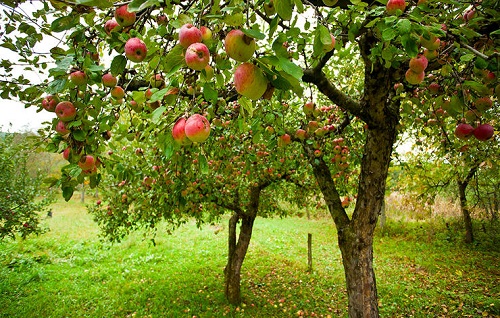
Image Source: pinterest.com
Many people falsely assume that growing a pretty garden means just growing flowers and ornamental plants. But there are three problems with that. Firstly, many ornamental plants such as holly and yew are highly toxic. Secondly, home-grown fruit is delicious and so convenient. And finally, fruit trees are actually incredibly pretty! Cherry blossom, prickly pears, decorative crab apples, and plums are all wonderfully attractive in terms of flowers and fruits, and so rarely used that your neighbors will think you have some rare exotic flowering hedge in your garden!
Choose simple layouts.

Image Source: pinterest.com
A lot of the gardens we fall in love with on Pinterest look so elaborate that we feel compelled to try and emulate them. The problem with this is that elaborate gardens are very high maintenance. If you have hundreds of different flowers, three types of sculpture, a water feature, patio furniture, and a chicken coop, your garden might look lovely, but you will need to be there every day to keep it from turning into a jungle or dumping ground. Try and stick to basics: a lawn, two or three features, and twelve to twenty different types of plants. This way it will be easy to maintain and always look lovely.
Make yourselves comfortable.

Image Source: pinterest.com
It always confuses me when I see a garden without furniture. It looks a bit like a gorgeous painting in an office. Sure: it looks nice and is clearly well looked after. But who is going to appreciate it? Set yourself some garden furniture. A swinging bench is a classic that looks great in almost every garden. If you’re strapped for cash, lawn chairs or a simple wooden bench will fill the spot. And if you want to go crazy, consider a hot tub, swimming pool, or gazebo. Whatever you do, make sure it’s comfortable, suits you garden, and lets you properly enjoy the view!
